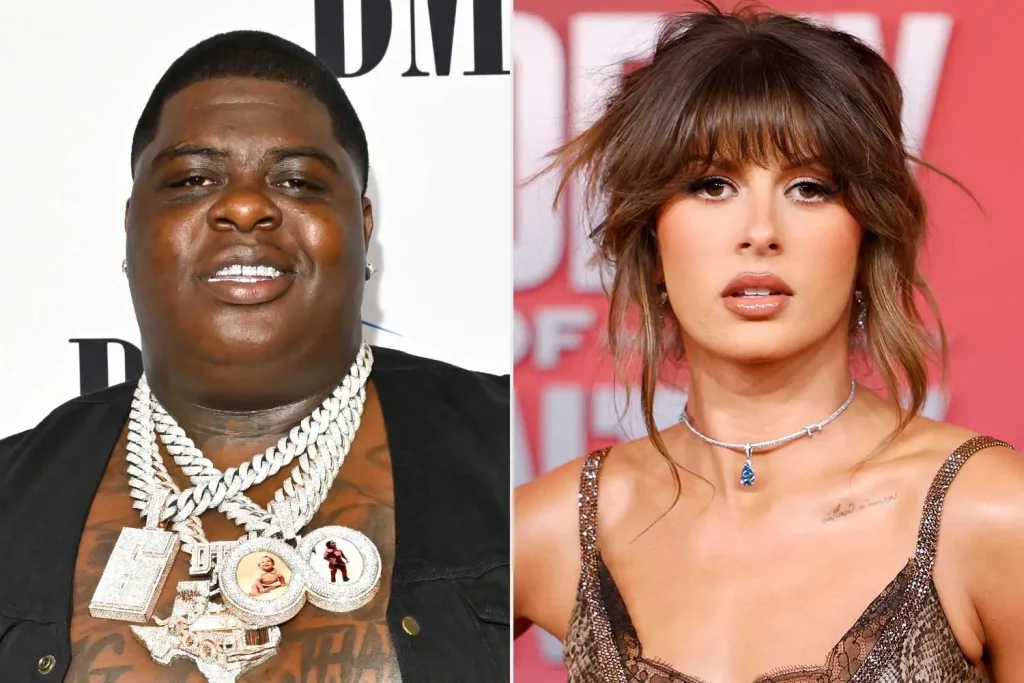No Rap Songs in the Top 40 for the First Time in 35 Years: Kendrick Lamar and SZA’s “Luther” Exits Billboard Hot 100
For the first time in over three decades, there are no rap songs in the Billboard Hot 100’s Top 40 — a surprising and historic moment for the genre that has long dominated global music charts. Billboard confirmed on October 29 that Kendrick Lamar and SZA’s single “Luther,” once seen as one of rap’s last strongholds in mainstream rankings, has officially exited the chart following a rule change that altered how chart placements are calculated.

The last time this happened was in the late 1980s, before hip-hop became the cultural and commercial powerhouse it is today. From the rise of Run-D.M.C. and Tupac to the dominance of Drake, Nicki Minaj, and Travis Scott, rap has not only defined popular music but also shaped fashion, film, and global youth culture. The idea that not a single rap track currently sits in the Top 40 feels almost unthinkable — and yet, here we are.
“Luther,” a collaboration between Kendrick Lamar and SZA, was widely celebrated for its lyrical depth and smooth blend of rap and R&B. Its removal wasn’t due to a lack of popularity — fans continued to stream it heavily — but rather due to new adjustments in Billboard’s methodology. The update, reportedly focused on filtering certain versions and accounting methods for collaborations, resulted in some songs being recalculated or reclassified, which contributed to its sudden drop.

While the technical details may sound procedural, the cultural impact has been anything but. Social media quickly erupted with debate. Fans, critics, and artists began asking what this moment says about the current state of hip-hop — whether it’s evolving, declining, or simply recalibrating. Some argue that rap is entering a quieter, more introspective phase, less driven by chart hits and more by authenticity and artistry. Others worry it signals an industry shift where streaming algorithms and pop crossovers have made it harder for traditional rap songs to thrive at the top.
Kendrick Lamar, often hailed as one of the most influential rappers of his generation, has long stood as a symbol of lyrical integrity and artistic vision. From his Pulitzer Prize–winning DAMN. to his poetic storytelling in Mr. Morale & The Big Steppers, Lamar’s work continues to resonate deeply even when it isn’t leading the charts. His partnership with SZA on “Luther” was a fan-favorite reunion after their previous success with “All the Stars,” and its exit from the Hot 100 doesn’t diminish its cultural presence.

Still, the absence of rap in the Top 40 feels like the end of an era. For years, artists like Drake, Cardi B, Post Malone, and Doja Cat blurred the lines between rap, pop, and R&B — dominating playlists worldwide. Now, with genres like country, Afrobeats, and Latin pop climbing rapidly, the landscape is shifting. Songs by artists like Taylor Swift, Zach Bryan, and Bad Bunny are claiming much of the chart’s real estate, reflecting the increasingly diverse listening habits of a global audience.
Industry observers note that while rap’s mainstream moment may be cooling, its influence remains woven into nearly every corner of modern music. Even outside the charts, hip-hop beats, flows, and aesthetics shape everything from TikTok trends to pop production. The genre’s DNA is everywhere — it just might be evolving beyond the traditional “Top 40” metrics that once defined its dominance.
As for Kendrick Lamar and SZA, both remain unbothered by the numbers. Their artistry has never relied solely on chart positions, and their collaboration continues to rack up millions of streams and critical acclaim. For long-time fans, this moment isn’t a loss — it’s a reminder that rap’s power has always been more about impact than placement.
Thirty-five years of chart-topping history is no small legacy. And if hip-hop has proven anything over the decades, it’s that it always finds its way back to the spotlight — reinvented, redefined, and stronger than before.



